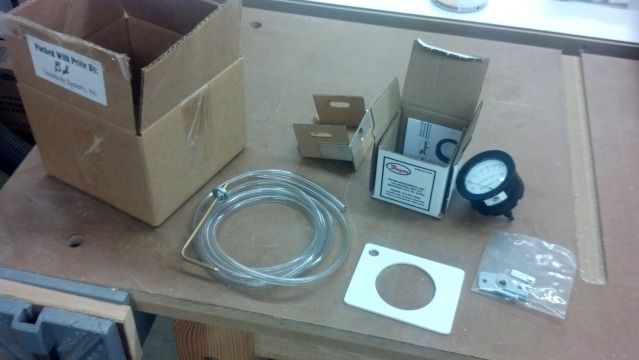So I have to laugh about this one...
I had been scouring eBay lately for the parts to build the filter efficiency gauge myself, I had put in lowball offers on a couple of gauges but didn't win anything. I had book marked a auction earlier that appeared to include everything that I needed including the gauges, tubing and pitot tube but was a bit more. I decided to quit wasting time and just buy what I thought was the complete kit.
Needless to say I started laughing when I received the package and discovered that what I had bought (not advertised as such) was the Oneida Filter Efficiency kit, complete in original box. Just missing the instructions. So a quick call to Oneida and I have the instructions in hand. Now just need a break from the nursery build to get it installed!
Some times you get lucky! I paid $42 when Oneida is selling this for $120.
Ben







 Reply With Quote
Reply With Quote


